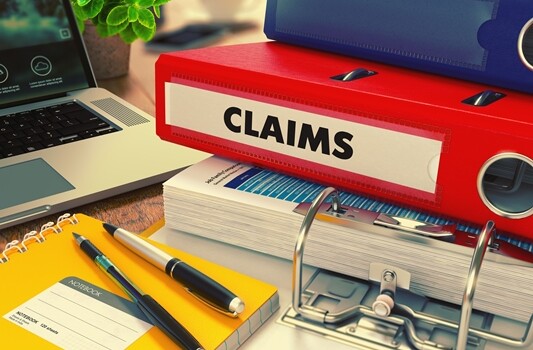
-
Don’t double dip your deductions this tax time
Posted by Team AVS on 27 May, 2022 0 CommentsThe Australian Taxation Office (ATO) is reminding people not to make the mistake of double dipping their deductions in their tax return this year.
Assistant Commissioner Tim Loh explained “Around 8.4 million Australians claimed nearly $19.8 billion in work-related expenses in 2021. That’s a lot of deductions so we want to make sure you get it right the first time. It’s important you claim what you’re entitled to – no more, no less.”
When people prepare their tax return, it’s important to remember the rules for claiming different types of work-related expenses. What can be claimed depends on the type of job, individual circumstances, and whether there are the required records to support the claim.
“While some people make genuine mistakes, we do see people trying to gain an unfair advantage by claiming incorrect or false expenses. A mistake that we often see in tax returns is people claiming expenses twice.”
“You wouldn’t double dip your chip, so don’t double dip your deductions” Mr Loh said.
“Remember, we use sophisticated data analytics to monitor for incorrect information and you risk being audited or penalised for deliberately providing incorrect information.”
Below are some ‘double dipping’ mistakes the ATO sees when people lodge their tax returns each year.
Working from home expenses and the shortcut method
“One in three Aussies claimed working from home expenses in their tax return last year and we expect this trend to continue” Mr Loh said.
A common mistake we see is people using the working from home shortcut method to claim their working from home expenses and then double dipping, claiming additional amounts in their return for expenses such as their mobile phone and internet bills, as well as the decline in value of equipment and furniture.
When the working from home shortcut method is used to claim working from home expenses, it is all-inclusive.
There are three methods available to claim a deduction for working from home expenses depending on individual circumstances, the shortcut, fixed rate and actual cost methods. The method that gives people the best outcome can be used, as long as the eligibility and record-keeping requirements for their chosen method are observed.
Taxpayers can use the home office expenses calculator to help them work out which method will give them the best outcome.
“While the traditional methods require receipts, paperwork and other record keeping, the shortcut method only requires a record of hours worked – diary entries or timesheets will suffice,” Mr Loh said.
When claiming working from home expenses using the shortcut method, the amount needs to be included at the Other work-related expenses question in tax returns with ‘COVID-hourly rate’ in the description field.
If a method other than the shortcut method is used in later years and you want to claim depreciation for an expensive purchase such as a laptop, the correct records for that item must be kept.
“Getting your tax return right is simple if you have the right records. Make sure you have your records before you lodge your tax return and keep your records after you’ve lodged, in case we have any questions. The easiest way to keep track of your records is with the ATO app” Mr Loh said.
“Even if you choose to lodge your tax return with a registered tax agent, it is still your responsibility to make sure the agent has all the correct records” explains Mr Loh.
Car expenses
Nearly 3 million people claimed work-related car expenses in 2021 and one of the most common mistakes was people using the cents per kilometre method to make their claim, and then double dipping by claiming expenses separately such as fuel, car insurance, and registration.
The cents per kilometre rate is all-inclusive and covers decline in value, registration, insurance, maintenance, repairs, and fuel costs. These expenses can’t be added on top of the rate when calculating deductions.
The ATO will also be taking a closer look at claims calculated using the logbook method, to ensure they reflect people’s circumstances coming out of the pandemic.
“You must choose your preferred method when calculating car expenses, the cents per kilometre or the logbook method. Just because there is a dip in the road, doesn’t mean you can double dip your car expenses” Mr Loh said.
Reimbursed expenses
Finally, the ATO is making sure taxpayers aren’t claiming expenses where they have already been reimbursed by their employer.
“If your boss has reimbursed your dry-cleaning costs for your uniform, but you then claim laundry deductions on your tax return, well you’re picking your neighbours’ pockets” Mr Loh said.
If you have any questions, feel free to ask them in the comment section. We will be happy to answer all your queries.

 AVS BusinessServices @ What the
AVS BusinessServices @ What the
Comments